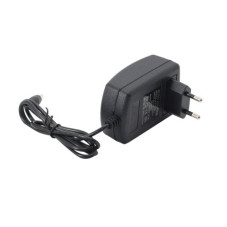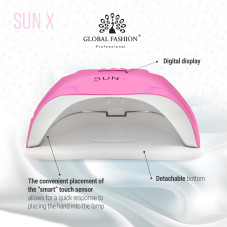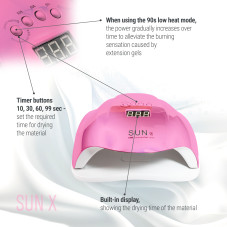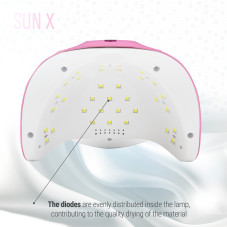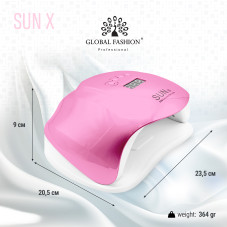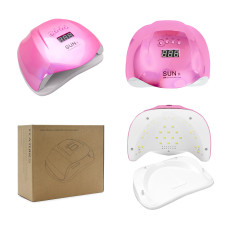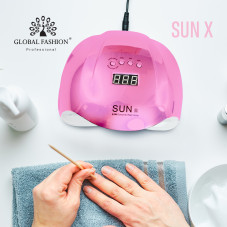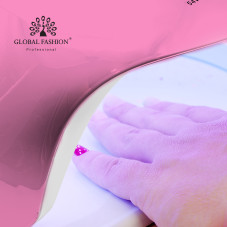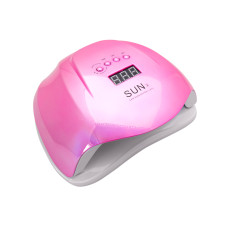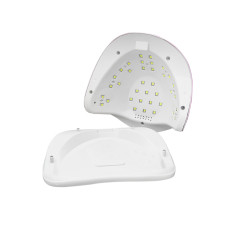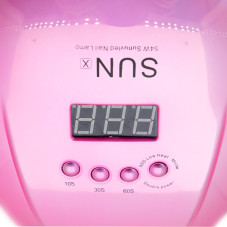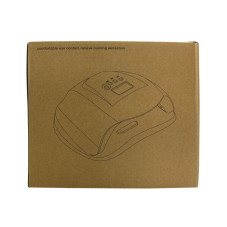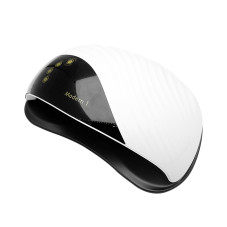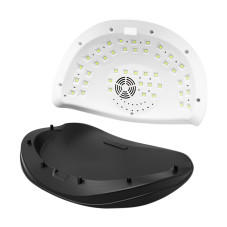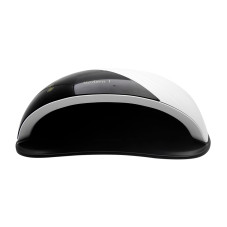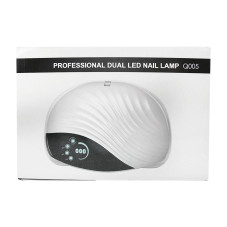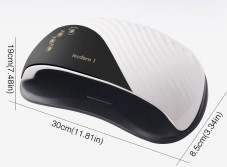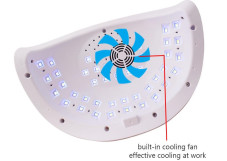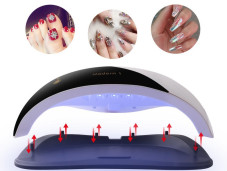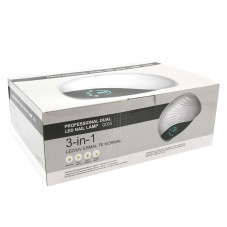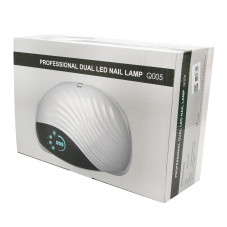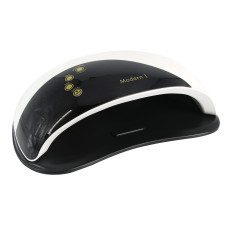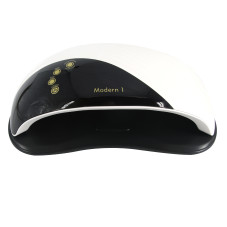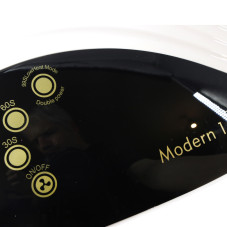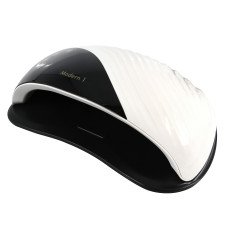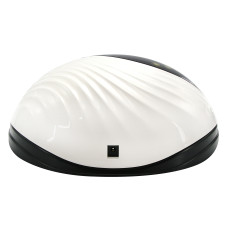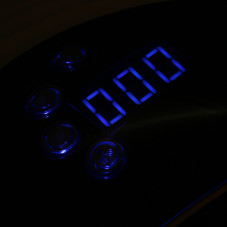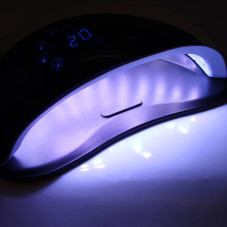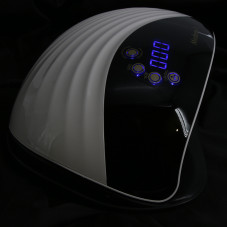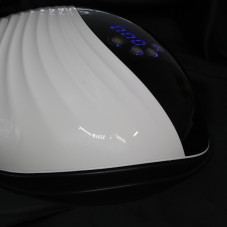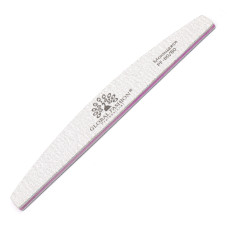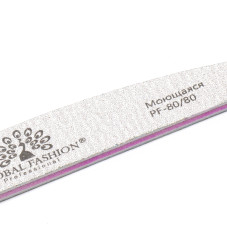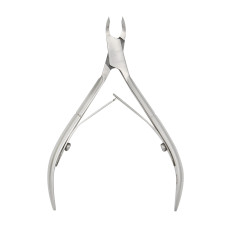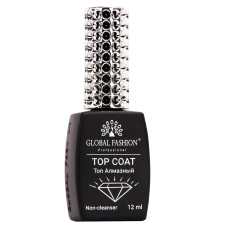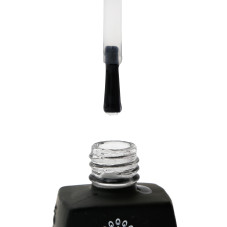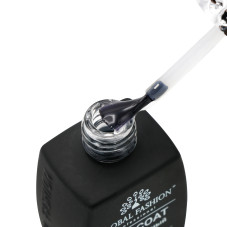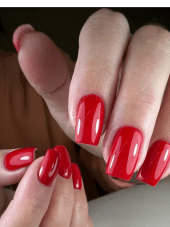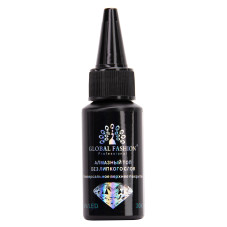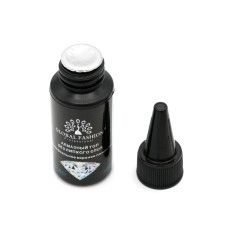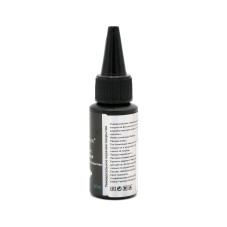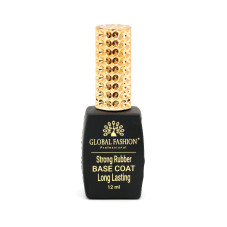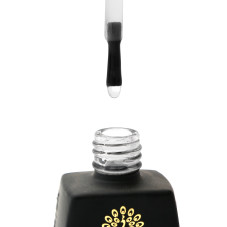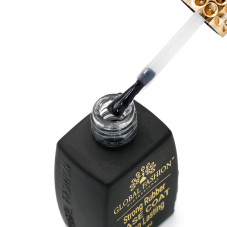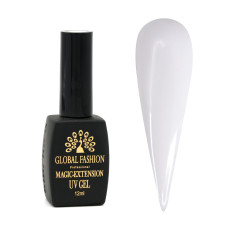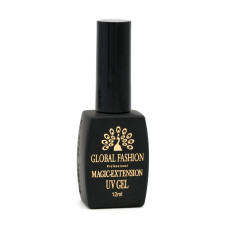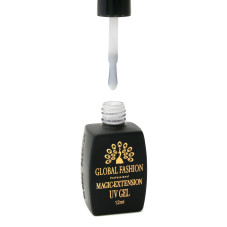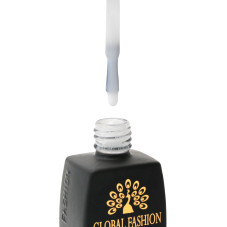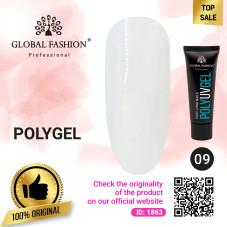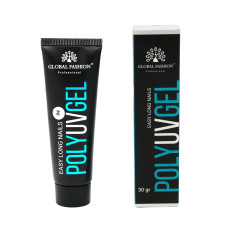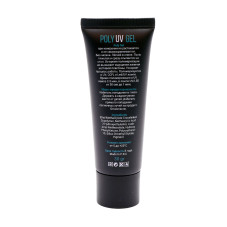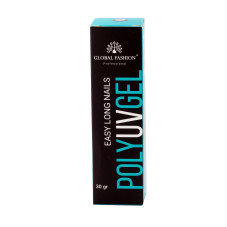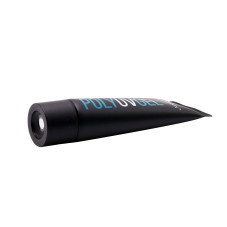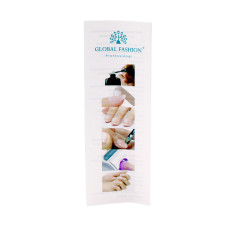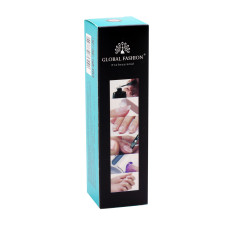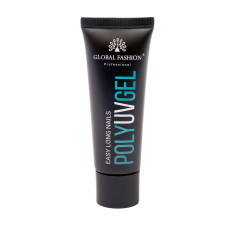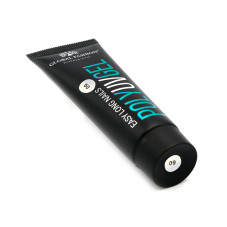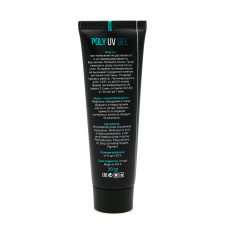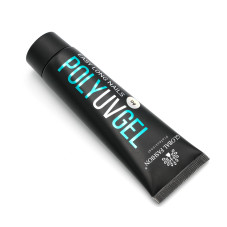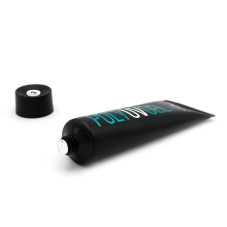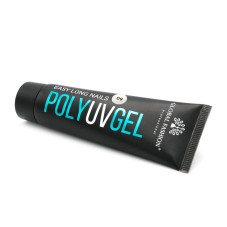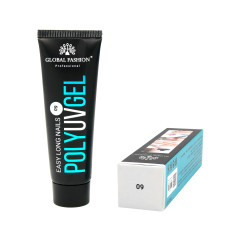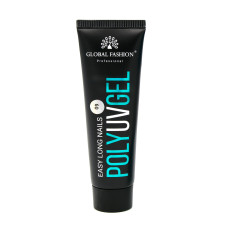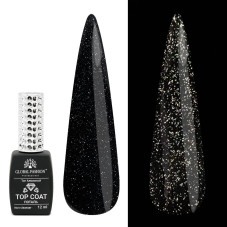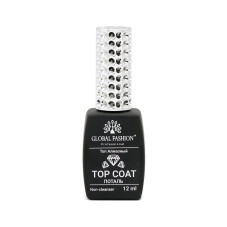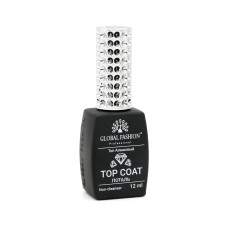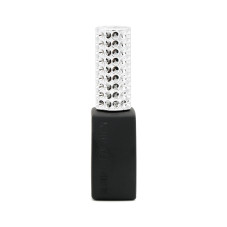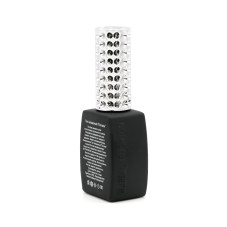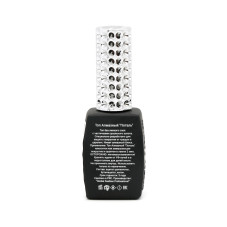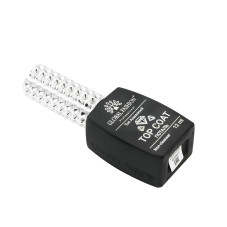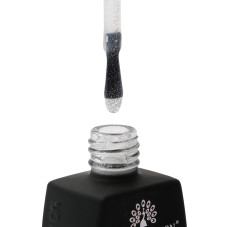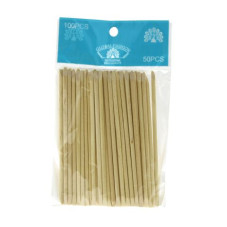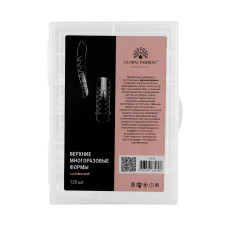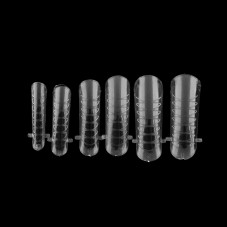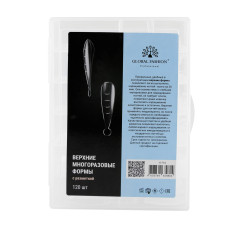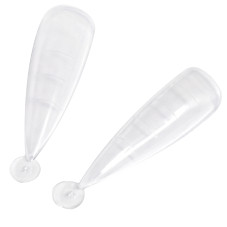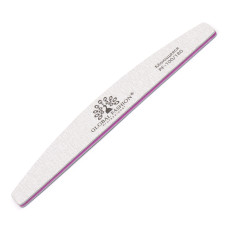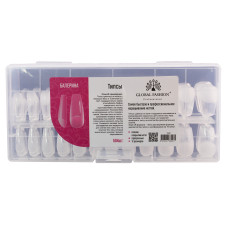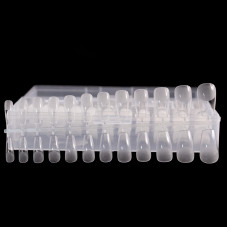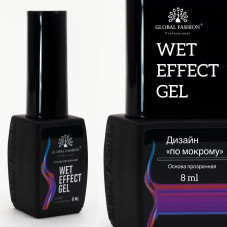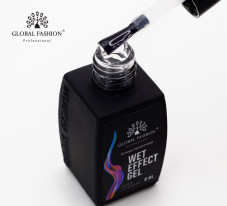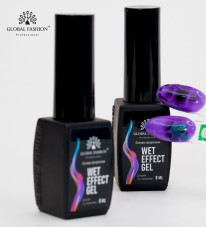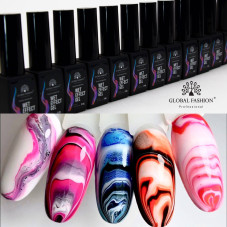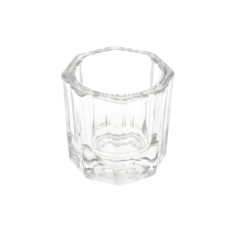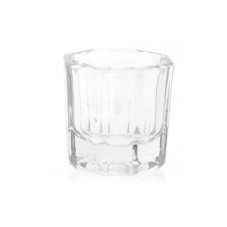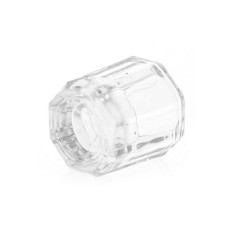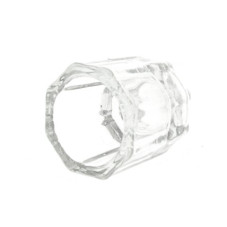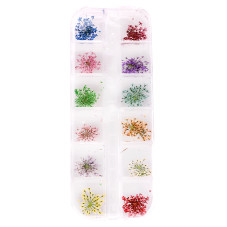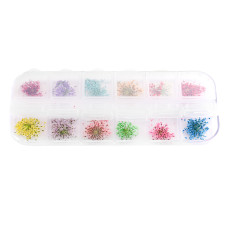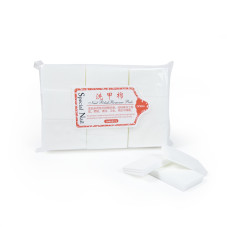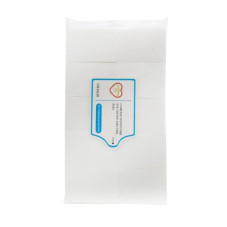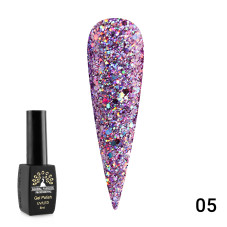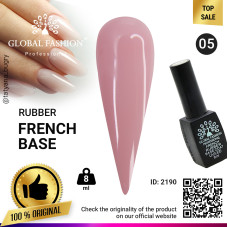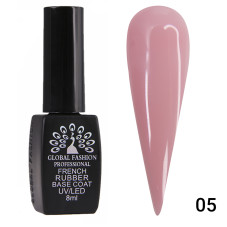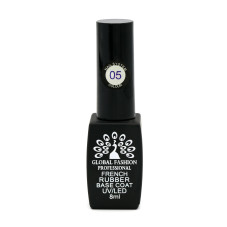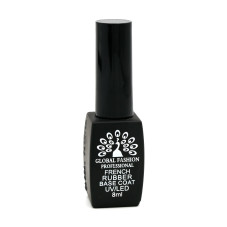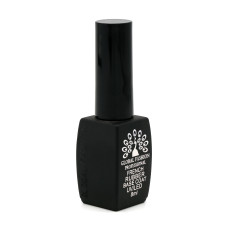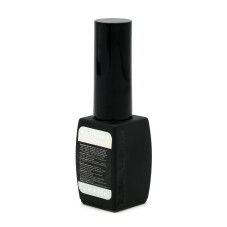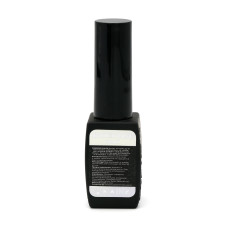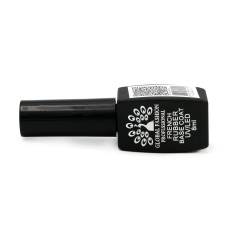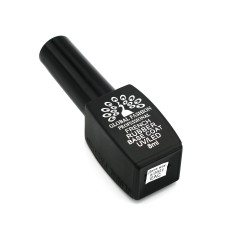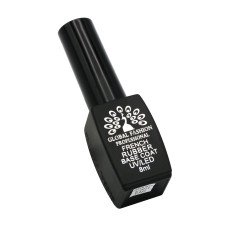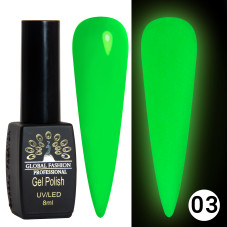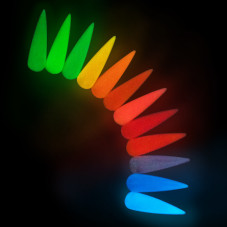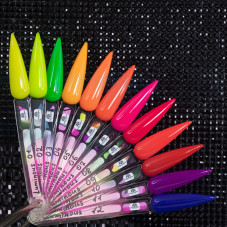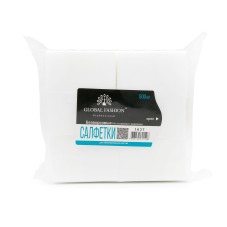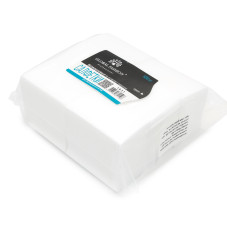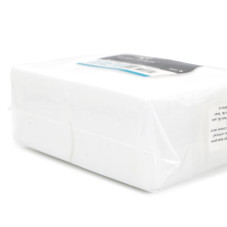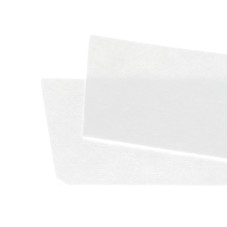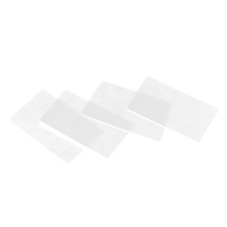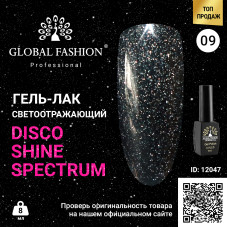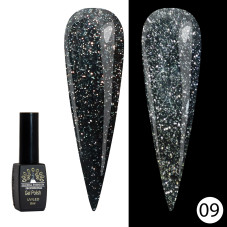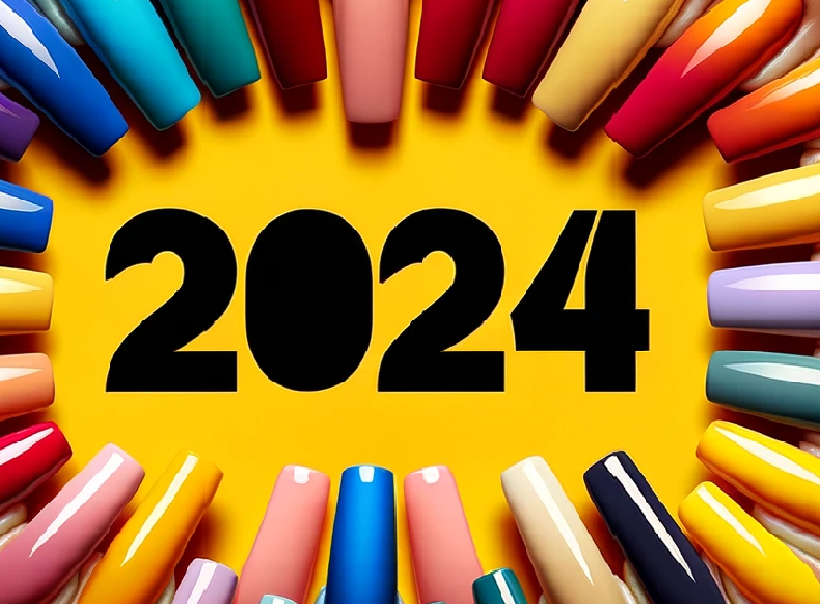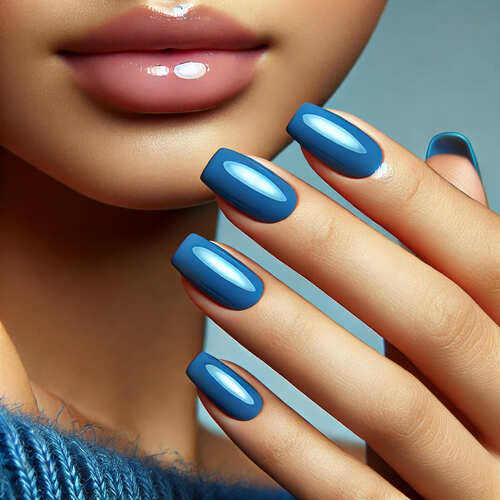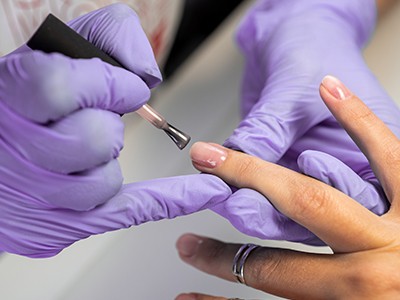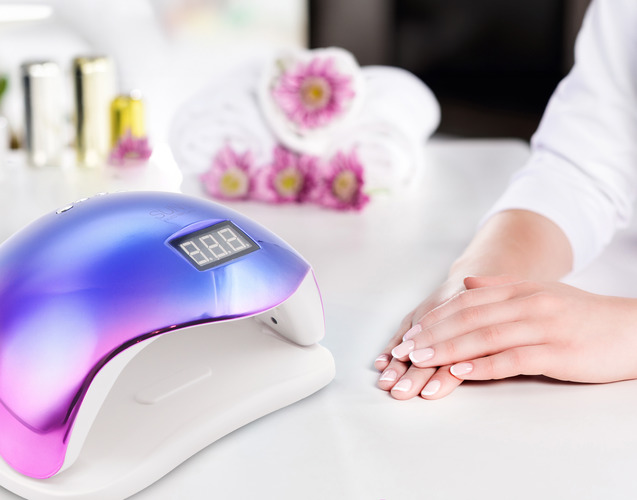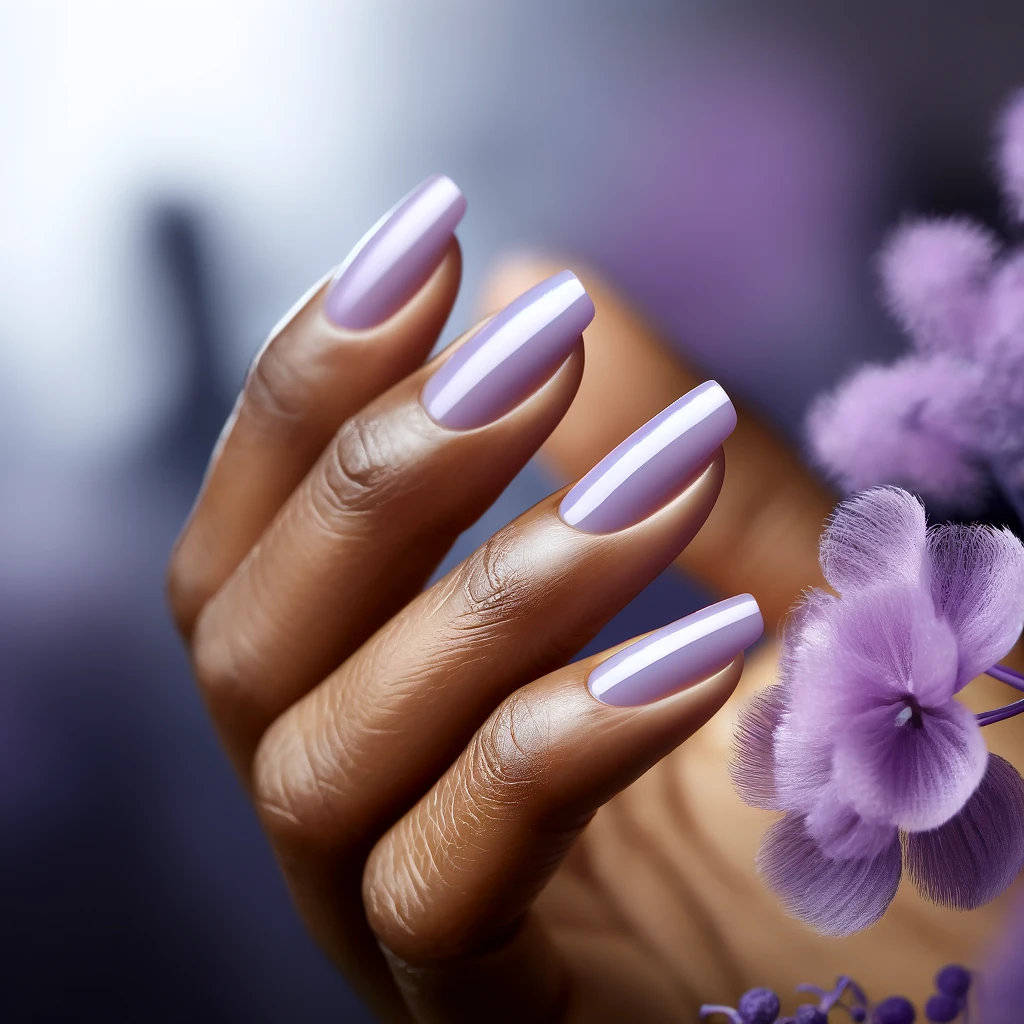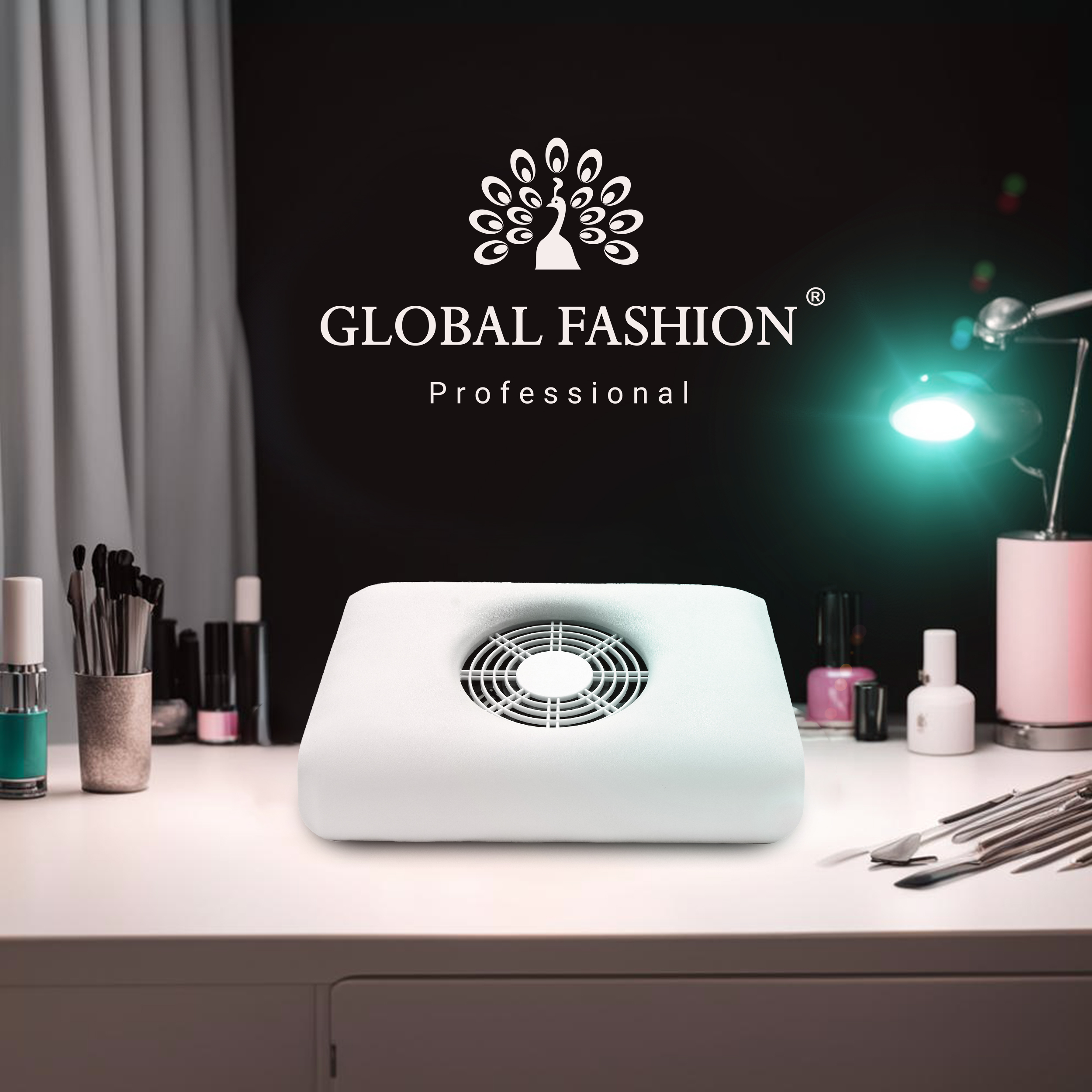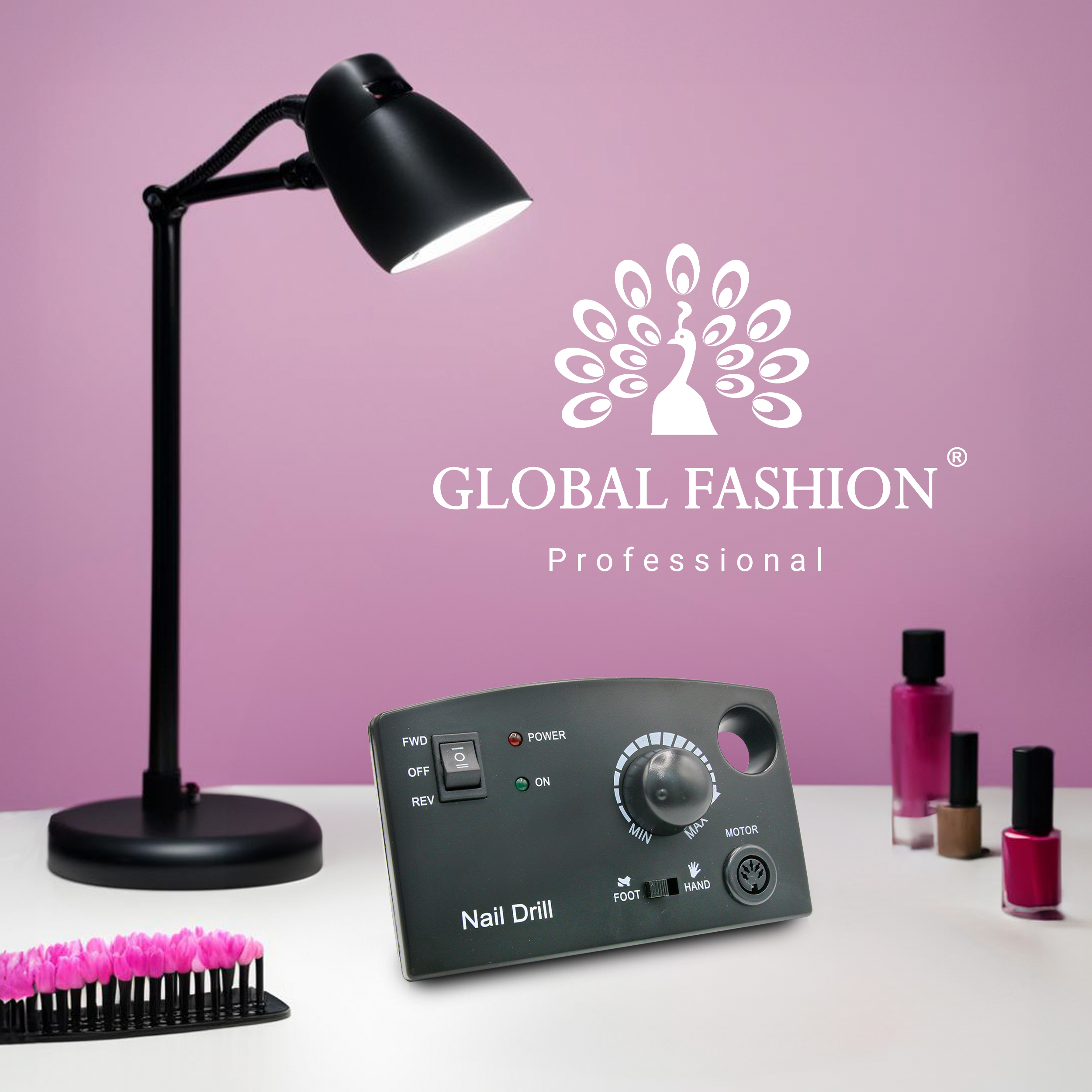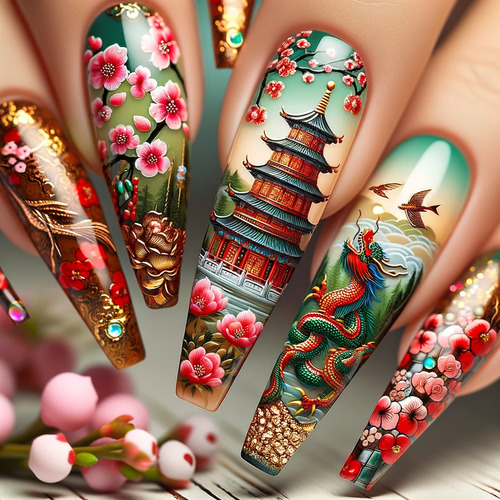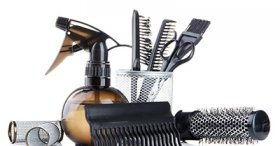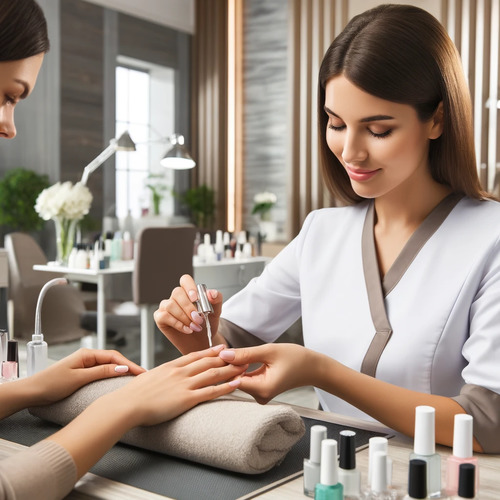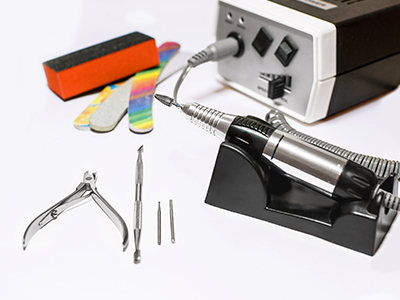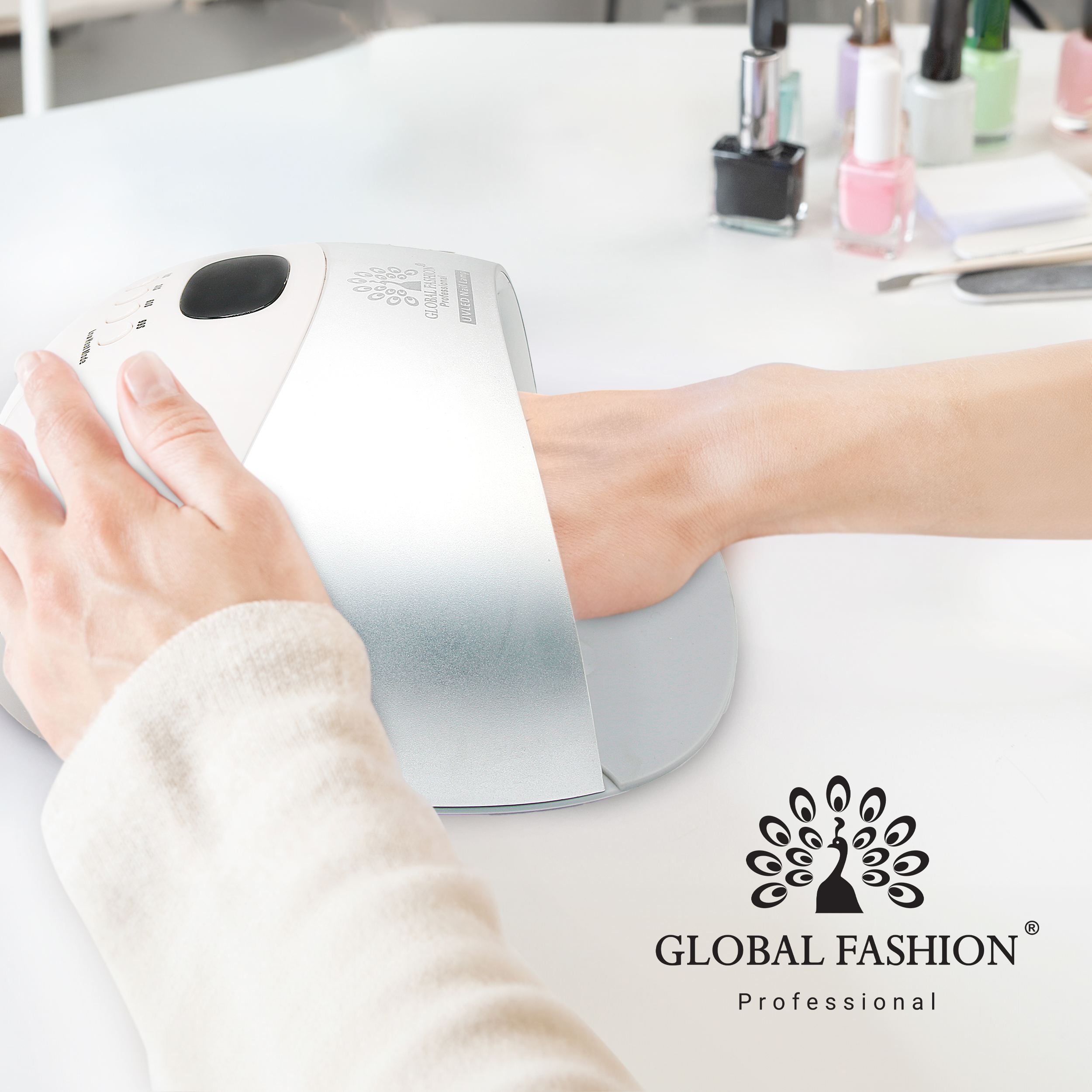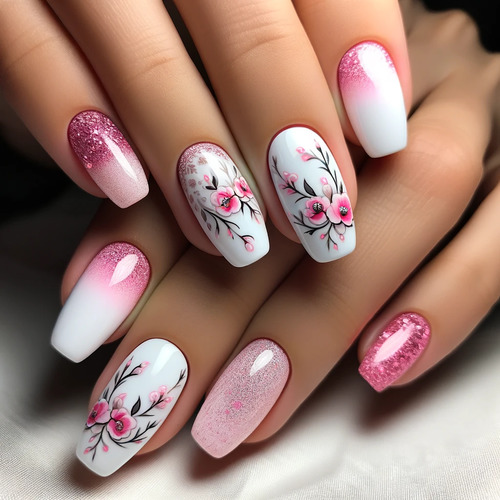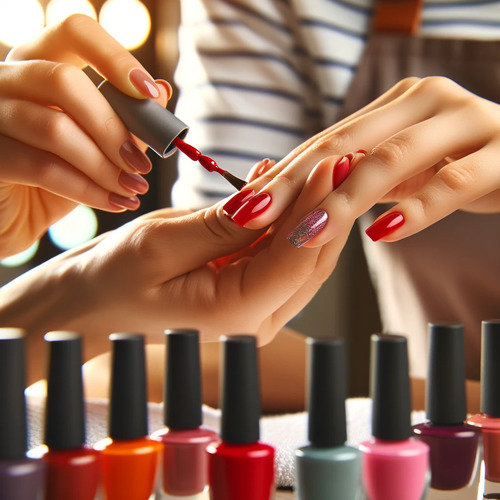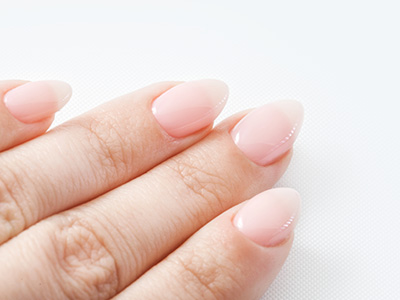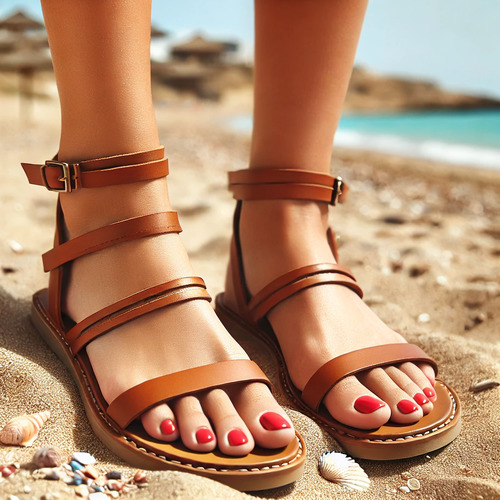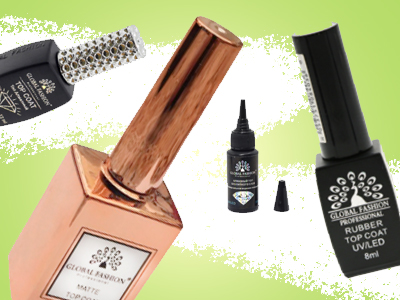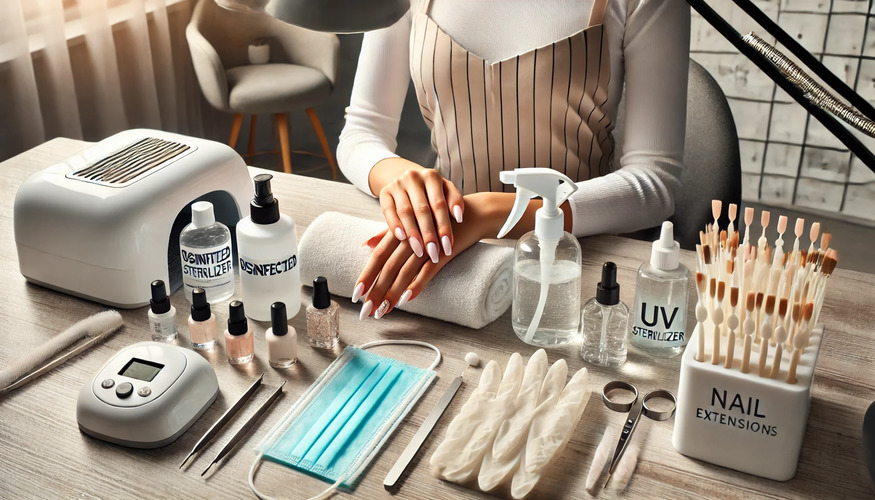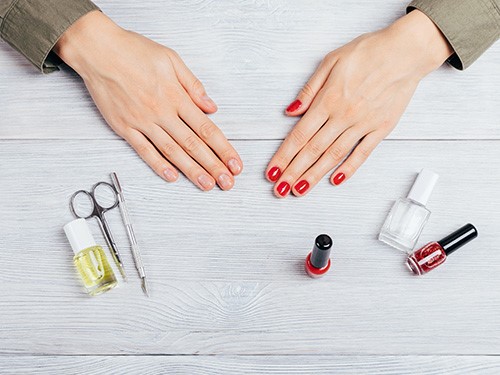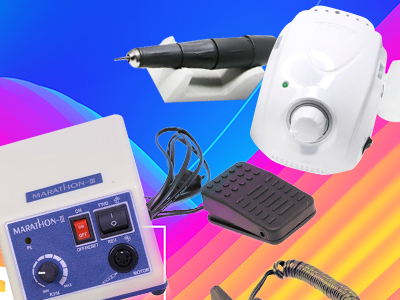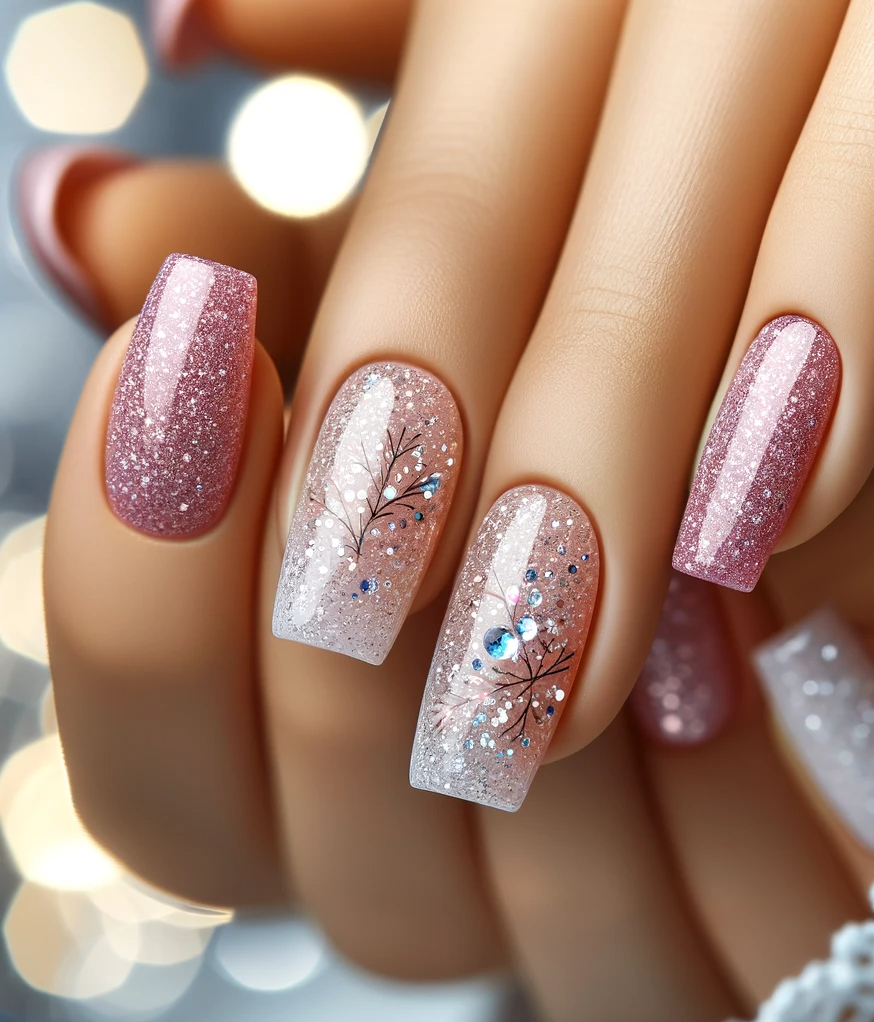Correction of extended nails. Why is it needed?
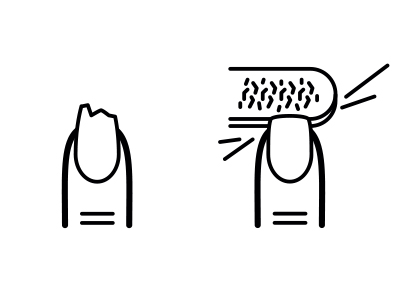
Every second girl uses the technology of nail extension. It is known that extended nails have been popular for quite a long time. What's the secret? Everything is very simple! The beauty of extended nails is that the design is kept in perfect condition until the nail plate begins to grow back. It is precisely at the moment when the natural nail becomes noticeable (near the cuticle area) and the correction is made. Before answering why a nail correction is needed, let's try to answer another one: what is nail correction?
CORRECTION OF NAILS. WHAT IS IT AND WHAT IS IT NEEDED FOR?
Correction - a procedure that consists in applying the material to the regrown part of the nail near the cuticle, in changing the finish of the nail to maintain the tightness, strength and beautiful appearance of the nails. The correction is due to the natural growth rate of the natural nail plate (about 2 mm / week). Therefore, it is important to observe a clear time interval between corrections, which is always individual, but on average is 20-28 days.
What is the correction for?
1. With long-term wear of nails, the aesthetic appearance is lost. If you wear extended nails for more time than is recommended, then it is clear that the aesthetic appearance is lost, and without this, how can you talk about the well-groomed nails. And besides, it is not very beautiful from the outside.
2. The whole architecture of the nail is displaced, which can lead to nail breakage. As for architecture: when extending nails, the master models the nails in such a way that they look more natural and are worn for a long time. At the same time, he reduces the lateral sides of the material to nothing, and builds the highest point in the stress zone - the apex. When nails grow back, the apex grows together and our stress zone is unprotected, this provokes nail breakage.
3. Avoid the development of mold, which can provoke nail fungus, which requires long-term treatment.
TYPES OF CORRECTION
Correction is small, medium and large.
1. Small correction - used for minor damage to artificial nails - scratches, chips, breakage, peeling, in general, some mechanical damage. This can happen from careless handling of artificial nails.
2. Medium correction - necessary to smooth out the difference between the natural nail plate and the extended nail. It is carried out as the nail grows back, most often 2-4 weeks after the extension procedure or the previous correction.
3. Large correction - carried out in the case when there was serious damage to the extended nail - detachment, displacement or fracture of a large part of the material. In fact, a new nail extension, because the material is displaced on the grown nail, the architecture of the nail plate changes, up to its complete exfoliation.
WHEN NAIL CORRECTION IS NEEDED. STAGES.
Correction of nails is necessary in the following cases:
- Nails industry more than 4mm.
- Nails are cracked or chipped.
- It took a new nail design.
- The material has lost its original properties.
The nail correction itself takes place in several stages:
- Sawing off the top layer of the extended nail to give it a flat surface.
- Correction of the shape and length of the nail.
- Nail design in the same or new design.
- Application of final layers of building material.
The task of the master in the process of correction is not just to glue a new nail, but to re-shape the regrown nail. If this is a French manicure, then he must correct the position of the «smile» line and remove the excess length. To prevent the grown nail from curling down, it is necessary to align the nail plate. It should look beautiful from any side, so it is important for the master to remove all imperfections so that no traces of correction are noticeable.
TECHNIQUE FOR NAIL CORRECTION
The following materials are required for nail correction:
1. Ultraviolet lamp.
2. Manicure set (several files, nippers, etc.)
3. Antiseptic
4. A set for building (helium or acrylic with the material itself, brushes and other necessary things)
Procedure steps:
1. It is necessary to thoroughly wash your hands, disinfect them to protect them from harmful substances and dust. If there is varnish on the nails, then it is removed.
2. Next, the cuticle is processed. This is done using an exfoliator, which is applied for 2-3 minutes and then removed with a disinfectant solution.
3. The natural shine is removed from the natural nail plate with a special abrasive block (about 400 grids).
4. Areas of detachment of artificial material from the nail are processed, for which you need a file for 150-180 grid.
5. Next, using a file (possibly coarser), we remove a third of the artificial material in the stress zone and in the free edge zone. In this case, dust necessarily appears, which must be shaken off with a brush.
6. The natural plate is treated with a disinfector.
7. A modeling material is applied - acrylic or gel.
8. Artificial surface - gel or acrylic - must be filed to a perfect evenness and shine.
9. Hands are washed and dried again. Now the border between the new and the old material must be glued in order to protect it from the harmful effects of water and, as a result, peeling.
10. If you wish, you can massage and apply a drawing on your nails, and after it dries
PROBLEMS AFTER CORRECTION OF ARTIFICIAL NAILS
Problem: Nails are constantly breaking
Causes:
- The stress points are in the wrong place. For example, if the stress point is too close to the edge, it weighs down the nail and can easily break.
- The nail is too thin filed.
- Nails are too long. The length of the artificial nails should be the same as the natural ones. The free edge of the artificial nail should not be longer than the nail bed.
Problem: Detachment in the cuticle area
Causes:
- Poorly cleaned nail plate.
- Incorrectly chosen length of nails and their shape.
- When correcting artificial nails, the previous coating was poorly removed.
Problem: Cracks on the free edge of the nail
Causes:
- Artificial material sawn too thin at the edges.
- Edges not properly covered with plastics.
- Cracks were not removed during the correction.
- During the correction, the edges were filed, leaving the nail too narrow. If this happens, you need to rebuild the nail on the template.
In addition to the above, there are a number of problems and reasons that must be remembered if customers are unhappy with their artificial nails and if the nails for some reason do not work out. One of the most important points is the condition of the master's tools and the quality of the materials used to correct artificial nails.
To make the extended nails always look beautiful, do the correction in time and then you will not have to «blush» from the regrown nails.
Published: 04.01.2021 16:14
Times Read: 8430
6763 bought
ID: 3678
1 310 ֏
3364 bought
ID: 3688
2 223 ֏
-5%
1584 bought
ID: 1994
1 245 ֏
-5%
2345 bought
ID: 1863
1 556 ֏
-5%
2044 bought
ID: 12194
1 334 ֏
-5%
1502 bought
ID: 11773
936 ֏
1768 bought
ID: 12137
842 ֏
-10%
513 bought
ID: 16061
1 193 ֏
-15%
407 bought
ID: 18149
875 ֏
-15%
255 bought
ID: 15998
875 ֏
-15%
239 bought
ID: 11599
1 392 ֏
-15%
240 bought
ID: 2190
994 ֏
-15%
197 bought
ID: 11951
936 ֏
-20%
191 bought
ID: 12047
994 ֏
-15%

